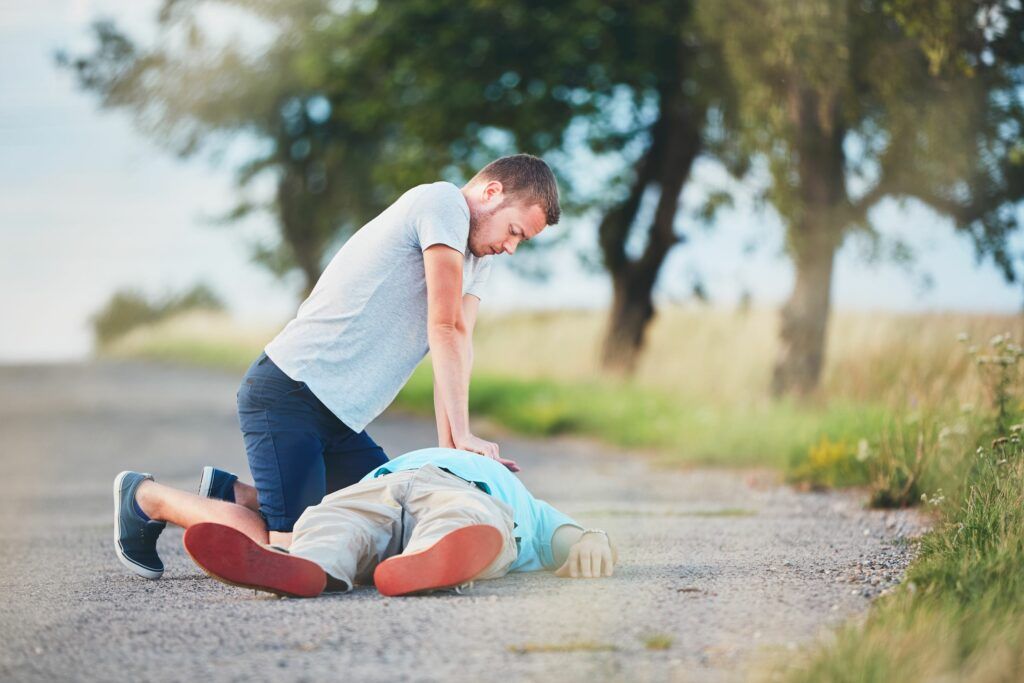Health Articles
Knowledge
Stroke awareness.

Stroke awareness.
We have heard about this dangerous illness called stroke and see it as one of the scary illness but we still ignore it causes and not taking care of ourselves. But do you know that stroke is a lot more lethal than you think. Stroke could happen to anyone just sitting at work on a normal day and then the feeling of lack of arm and leg strength, contortion of facial muscle and severe migraine occurs suddenly, making it seems helpless to stop even though everything was all fine just yesterday. In the past, this illness usually occurs in elderly individuals, but now stroke are more commonly found in patients of younger aged than before.
Stroke is an illness that occurs when there are shortage of blood feeding the brain via causes such as blockage, constricted or burst of arteries leading to the brain. As a result, brain tissues are damaged. This led to parts or most of the brain that controls various commands and action of the body can not send signal to make the body function as normal as before.
Stroke can be separated in to two categories:
1.The constricted or blockage of blood arteries occurs through the buildup of fatty materials over time or blood clotting in the blood arteries which lead to the reduction in blood flow through the arteries.
2. The bursting or tearing of blood arteries due to thin and weak blood arteries wall, causes by high blood pressure or loss of elasticity of blood arteries from the accumulation of fatty materials in the blood arteries. This can lead to bleeding in the brain and brain damage.
Methods of basic detection and awareness of stroke by F.A.S.T
F (face): Patients have unusually, weird or lack of facial muscle control. Which can be tested by asking the affected individual to smile or show teeth.
A (arms): Sensation of lack of strength in limps. Affected individual will have difficulty moving their arms or legs. Usually on just one of the sides. Simple test by asking the patient to lift their arms and legs.
S (speech): Patients will have difficulty with speech or peaking coherently, mostly due to difficult of controlling facial muscle and tongue. Speech test can be used to test this.
T (time): Time is the most valuable asset for stroke patients. Through F.A.S.T, patients with signs of stroke should be sent to the hospital immediately to keep the damage to the brain to the minimum. Every minute counts as the brain cells are getting more and more damaged. There is the magic number called stroke golden hour of 4.5 hours that indicate patients chances of survival if they get to be treated within the time limit.
How to prevent or reduce risk of stroke?
The risk of stroke can be lowered through healthy brain exercise and challenge, body weight control, moderate consumption of salty, sweet and oily food, avoid smoking and alcoholic substances. Yearly health checkup to be able to detect early signs of stroke through other condition such as high blood pressure, cholesterol, diabetes, heart disease and old age can improve your defense against stroke.
How to treat of stroke?
Treatment of stroke depend on the types and severity of the stroke. If the patient got treated fast, the chance of disability and death is greatly reduced. Aside from this, patient with conditions that increase their risk of stroke should be take greater caution and heed the advice of their doctor as the reoccurrence of stroke in patient who are identified with this illness is highly possible.














